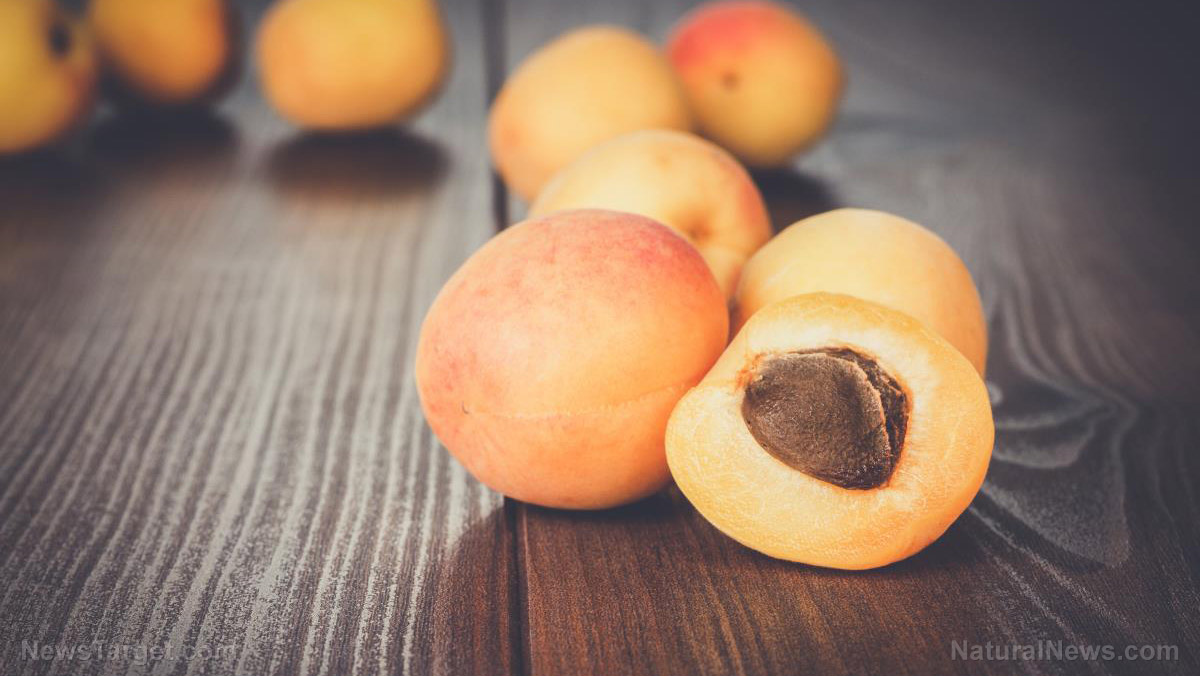
The BRAT diet includes foods that are easy to digest, like bananas, rice, applesauce, and toast. However, these foods aren't that nutritious.
Follow a healthy alternative called the CRAM diet, or eat other foods rich in essential nutrients, so you can recover from a digestion-related illness.
If you decide to follow the BRAT diet, try a more nutritious diet after at least 24 to 48 hours to regain the nutrients that you lost while you were sick. Following the BRAT diet for a long period may negatively affect your health and cause nutritional deficiencies because it is lacking in protein and includes foods with only a handful of essential vitamins and minerals. (Related: Natural ways to prevent and avoid IBS.)
What is the CRAM diet?
The CRAM diet includes cereal, rice, applesauce, and milk. Compared to the BRAT diet, this diet contains more nutrients since it made up of foods with carbohydrates, fats, and proteins lacking in the former.
- Cereals and rice – Cereals and rice are full of soluble fiber which forms a thick gel in the intestine and absorbs any excess fluid. Soluble fiber can also help prevent stomach cramps and spasms, which are symptoms common in people with gastrointestinal disorders.
- Applesauce – Applesauce contains pectin and this fiber, which is found in fruits, has a soothing effect on your gastrointestinal system.
- Milk – Milk adds proteins and fats to your diet. Don't worry about milk worsening your diarrhea. In fact, children with digestive disorders can benefit from milk, as long as they are not vomiting.
Food alternatives for the BRAT Diet
If you don't want to stick to a particular diet while you have digestive problems, here are some healing foods that you can eat to address diarrhea and other stomach problems.
- Eggs – Eggs are full of protein and essential vitamins and minerals. Just make sure you don't cook eggs in a lot of oil because this may irritate your digestive system. Instead, boil eggs to make them easier to digest.
- Oats – Oats are gluten-free and they are full of soluble fiber. Considered one of the best binding foods, oats also contain soluble fiber that adds bulk to stool and absorbs excess fluid from the intestine.
- Papaya – Papaya is a tropical fruit that contains papain, a digestive enzyme. Papain is crucial during the digestive process because it helps break down protein fibers. Papain can also ease the symptoms of IBS, like bloating and constipation.
- Peeled fruits – Choose soft or blended fruits like peaches or pears instead of crunchy fruits to ease your diarrhea. While the skin of some fruit is rich in nutrients, they are also hard to digest. Peel and deseed fruits, especially if you have an upset stomach.
- Probiotic-rich yogurt – Yogurt has probiotic bacteria that is good for your gut health. They can also help relieve diarrhea. Data from a study published in the Journal of Clinical Gastroenterology suggests that probiotics like Lactobacillus GG and S. boulardii can help address diarrhea.
- Tofu – Tofu is soothing on the stomach and it's full of proteins. Silken tofu is low in fiber, and it's a good option for those recovering from digestive problems.
Try these natural and effective alternatives to the BRAT diet if you want to address digestive problems like constipation or diarrhea.
Sources include:
Please contact us for more information.



















